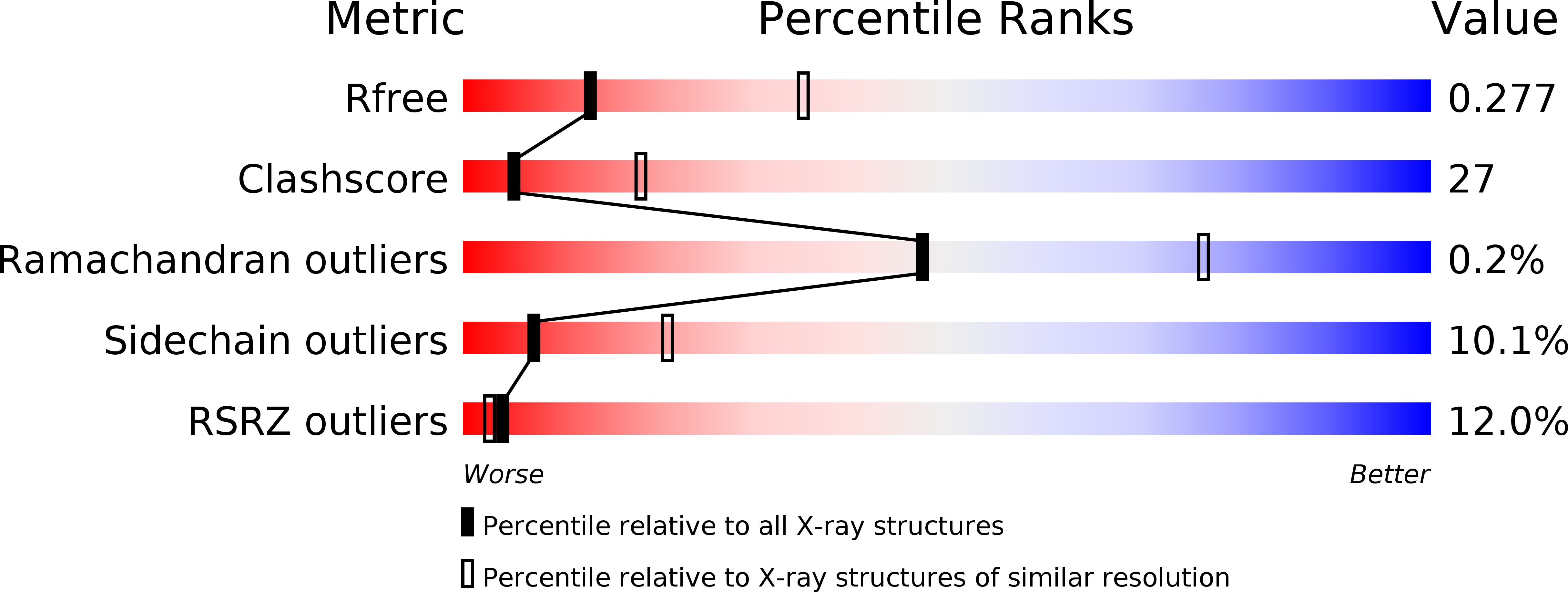
Deposition Date
2010-07-22
Release Date
2010-08-04
Last Version Date
2024-10-23
Entry Detail
PDB ID:
3AL4
Keywords:
Title:
Crystal structure of the swine-origin A (H1N1)-2009 influenza A virus hemagglutinin (HA) reveals similar antigenicity to that of the 1918 pandemic virus
Biological Source:
Source Organism:
Influenza A virus (Taxon ID: 641501)
Host Organism:
Method Details:
Experimental Method:
Resolution:
2.87 Å
R-Value Free:
0.27
R-Value Work:
0.24
R-Value Observed:
0.24
Space Group:
P 1


